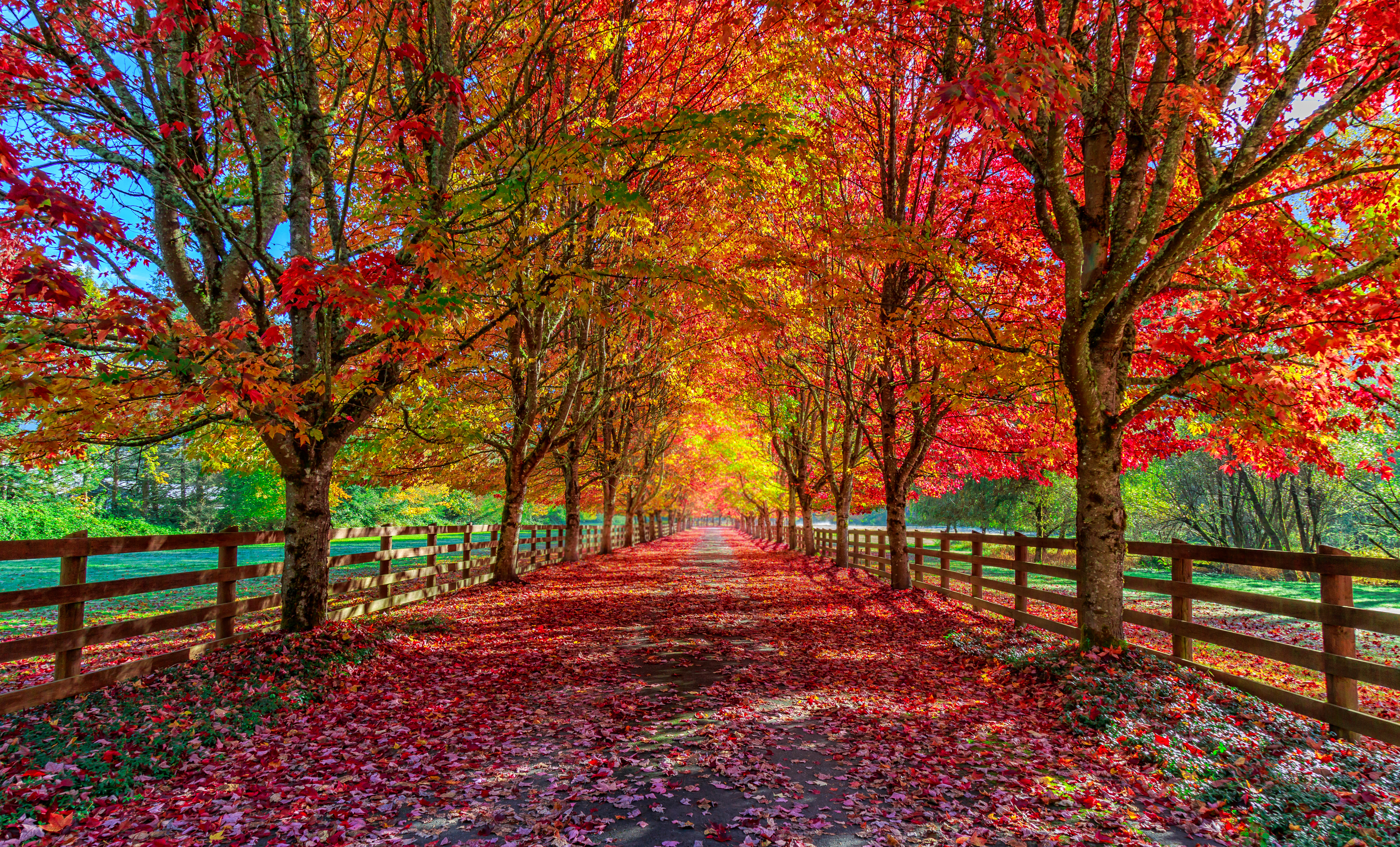
Pre-reading questions
I will read each question. Then, please answer them.
- What is the best season to go sightseeing in Japan?
- What is your favorite thing to do in autumn?
Vocabulary
I will read the words, meanings, and sample sentences. Then, repeat after me.
- vibrant /VAHY-bruhnt/
- chop /chop/
- climate /KLAHY-mit/
- custom /KUHS-tuhm/
- value /VAL-yoo/
[adjective] – energetic, bright, and full of life or excitement
Kaito consistently uses vibrant colors in his paintings.
[verb] – to cut something into pieces with an axe, knife, or other sharp instrument
Could you chop some wood for the fire?
[noun] – the general weather conditions usually found in a particular place
It’s preferable for strawberries to grow in a chilly, wet climate.
[noun] – a way of behaving or a belief that has been established for a long time
This village custom has existed since the 17th century.
[verb] – to consider something important
I always value his wonderful work.
Article reading
Please read the whole article. Then, I will check your pronunciation and intonation.
Japan’s autumn is known for its vibrant colors. The mountains have lovely red and golden coloring. The tree-lined roads are covered in golden ginkgo trees, while the maple trees turn a blazing crimson. To fully appreciate fall, all you need to do is walk around and observe the colors of the trees.
Momijigari, or “autumn-leaf hunting,” is the name of this tradition. Although the word “gari” means “hunting” in its direct translation, you won’t be chopping off branches and taking them home. This search includes simply seeing and appreciating the beauty of nature. There are supposedly 1,200 distinct tree species in Japan. Their appearance changes with each of the four seasons. You will find more well-known fall foliage viewing locations in Japan as you travel farther north. Additionally, the leaves become more vibrant in colder climates. Where the leaf is exposed to the sun, its color is usually at its brightest, changing later in the leaf’s shaded areas. The majority of autumnal foliage can be seen in Japan from early November to early December.
Momijigari, or the search for autumn leaves itself, is a Japanese custom that values the environment. Experience the definite fragility of Japan’s seasons as the fall leaves change, and take in the colors of the mountains and trees. Why not go leaf-hunting for yourself this fall?
Momijigari, or “autumn-leaf hunting,” is the name of this tradition. Although the word “gari” means “hunting” in its direct translation, you won’t be chopping off branches and taking them home. This search includes simply seeing and appreciating the beauty of nature. There are supposedly 1,200 distinct tree species in Japan. Their appearance changes with each of the four seasons. You will find more well-known fall foliage viewing locations in Japan as you travel farther north. Additionally, the leaves become more vibrant in colder climates. Where the leaf is exposed to the sun, its color is usually at its brightest, changing later in the leaf’s shaded areas. The majority of autumnal foliage can be seen in Japan from early November to early December.
Momijigari, or the search for autumn leaves itself, is a Japanese custom that values the environment. Experience the definite fragility of Japan’s seasons as the fall leaves change, and take in the colors of the mountains and trees. Why not go leaf-hunting for yourself this fall?
Comprehension questions
I will read each question. Then, please answer them based on the article.
- What is Momijigari?
- How many tree species are in Japan?
- When do the leaves become more vibrant?
- What happens when the leaf is exposed to the sun?
- When can the majority of autumnal foliage be seen in Japan?
Discussion questions
I will read each question. Then, please answer them.
- In American and Canadian culture, people talk about what they are thankful for in autumn. What are you grateful for?
- Where is the best place to view the changing colors of the leaves where you live?
- Will you go autumn-leaf hunting this year? Where do you plan to go?
- Do you think Momijigari varies from one place to another?
- Should the custom of Momijigari be carried over to the generations to come? Why?